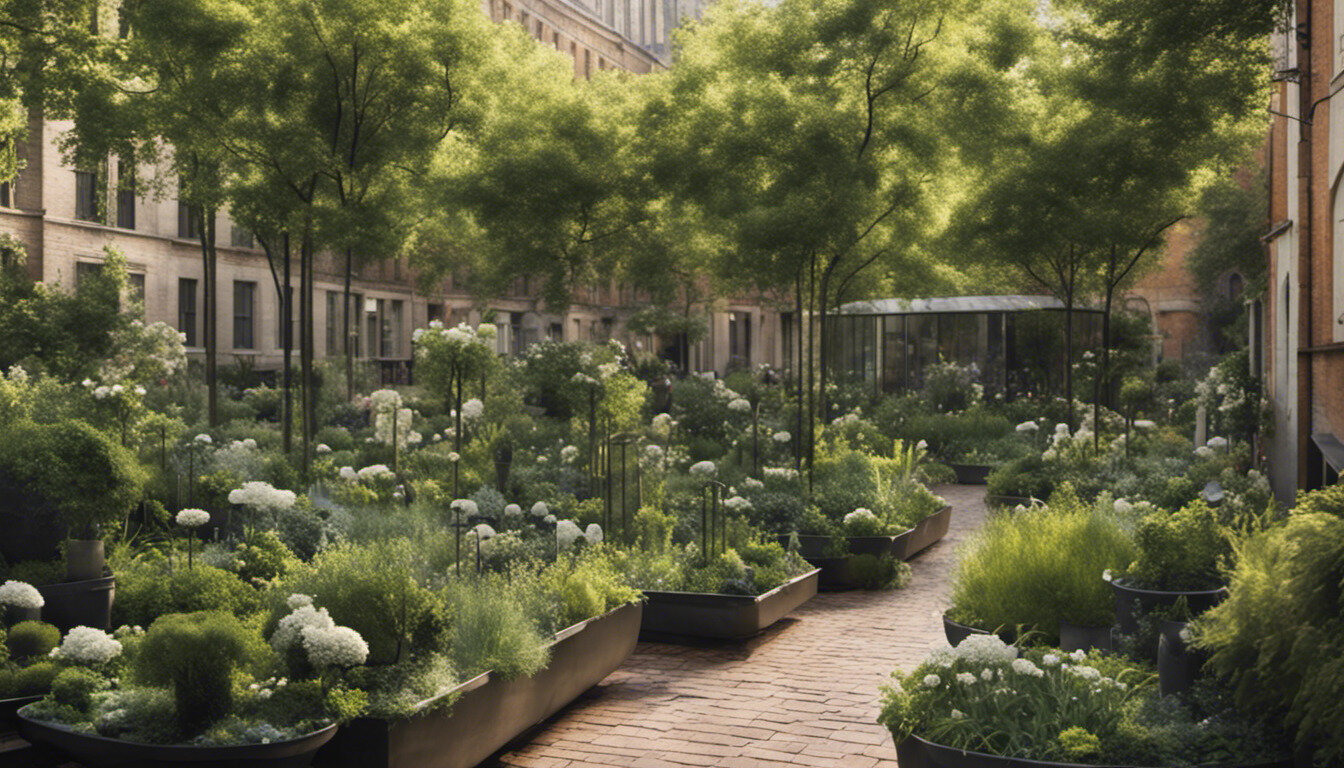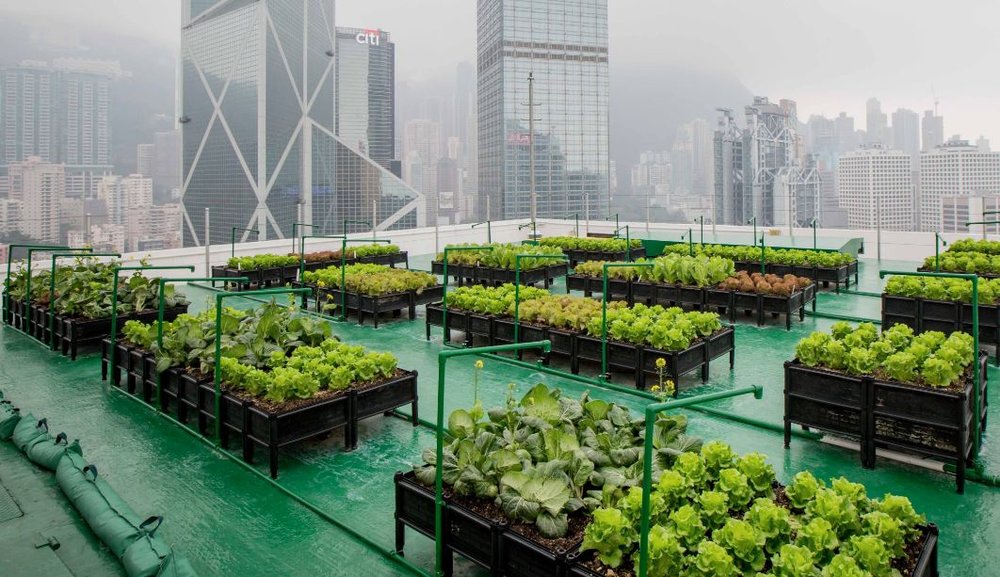See This Report about City Blooming
See This Report about City Blooming
Blog Article
The Buzz on City Blooming
Table of ContentsThe smart Trick of City Blooming That Nobody is Talking AboutRumored Buzz on City BloomingThe Best Guide To City BloomingEverything about City BloomingSome Known Factual Statements About City Blooming
Intrigued in growing food to buy in the City of Chicago? Considering beginning a neighborhood yard? Modifications to the Chicago Zoning Ordinance permit farming uses like area gardens and urban ranches in numerous components of the city. Below is a listing of regularly asked concerns concerning the regulations and policies that growers need to take into consideration when preparing a metropolitan agriculture job.
The zoning change does not change any other codes managing composting, building permits, buying or renting City possessed property, company licenses or ecological contamination. There are existing codes that manage these issues and they stay in complete impact and may apply to your task. Neighborhood gardens are normally possessed or handled by public entities, public organizations or community-based companies and kept by volunteers.
Urban ranches expand food that is planned to be marketed, either on a not-for-profit or for-profit basis. Due to their commercial purpose, metropolitan farms need a company license.
City Blooming Can Be Fun For Anyone
The amount of garden compost material can not surpass 25 cubic yards at any kind of given time according to the criteria in 7-28-715 of the City's Municipal Code. Because the dirt at many brand-new yard sites needs changing, compost, soil, timber chips, or other materials can be gotten to construct or improve the growing area.

If a structure permit is called for then the hoophouse will certainly be taken into consideration an accessory building. You can figure out more concerning the structure permit requirements by speaking to the Department of Structures. The 25,000-square-foot size limitation is planned to stop a solitary area garden from dominating a provided block or detracting from the block's existing domestic or industrial personality.
The limit does not apply to yards found in Public Open Space (POS) areas. Can there be even more than one community garden that is 25,000 square feet on a solitary block? Secure fencing is not required, nevertheless, yards that have large car park locations may be required to install fence or other landscaping features.
The Greatest Guide To City Blooming
B1 & B2 areas call for that all commercial usage tasks be carried out indoors. R areas restrict commercial task. The policies mirror the function and intent of the Zoning Code. Is fence required for city ranches? Yes. Fencings may be called for, in addition to landscape design and testing, for sure auto parking locations and outside work or storage locations depending upon area and the certain activity happening.
Yes. Urban ranches need structure licenses and zoning approvals prior to building. Various other kinds of city review may be needed depending upon specific frameworks, activities, dimension, landscaping, licensing, public health and stormwater monitoring problems. Most of these needs are recognized in the task design or permitting procedure, nevertheless, the candidate may be liable to separately identify certain licenses or permits that may be called for.
Yes. The kind of certificate is determined by what is taking place at the site. The Division of Business Matters and Consumer Defense can aid figure out the details type of company certificate that's required. Yes. Off street parking is required for a lot of business tasks in Chicago. The required number of garage is based on the number of workers servicing site and not the square video footage of the expanding area.
City Blooming - An Overview

An urban ranch can market compost product created on site, nevertheless, the operation has to abide with the guidelines in 7-28-715 of the Chicago Municipal Code. Aquaponic systems are allowed inside your home on urban farms in many zoning districts.
Up to five hives or colonies of honey may be maintained as an accessory use. Beekeepers have to sign up with the Illinois Division of Agriculture. For more information regarding the suggested zoning amendment you might call the Division of Housing and Economic Development, Bureau of Preparation and Zoning at 312.744.8563.
Farming in cities and city locations A city farm in Chicago. Urban agriculture describes various methods of cultivating. https://hub.docker.com/u/cityblooming, processing, and dispersing food in city locations. The term additionally puts resource on the location activities of pet husbandry, tank farming, beekeeping, and gardening in a metropolitan context. Urban agriculture is differentiated from peri-urban agriculture, which occurs in rural areas beside residential areas.
The Best Strategy To Use For City Blooming
, that look for to form social networks founded on a common values of nature and neighborhood holism. These networks can create by means of formal institutional support, coming to be incorporated into local town preparation as a "change community" movement for sustainable metropolitan growth.
In either case, the a lot more straight accessibility to fresh vegetable, fruit, and meat products that may be become aware through metropolitan farming can enhance food security and food safety and security while decreasing food miles, bring about reduced greenhouse gas exhausts, thereby contributing to environment change reduction. Several of the first evidence of urban farming comes from Mesopotamia.
Report this page